I love nothing more than exploring the outdoors with friends and family, so I jumped at the chance to get out on a new trail with my son. The Sheffield Round Walk provides the perfect setting. This 15-mile loop transitions from urban landscapes to rural serenity, showcasing Sheffield’s natural beauty and rich history.
The beauty of a circular walk is its flexibility—you can start anywhere and in Sheffield, with plentiful public transport, you can stop almost anywhere too.
We began our journey by taking the X17 bus, choosing to start our hike at Meadowhead. As we headed towards Graves Park, a sprawling green space with plenty of wildlife and picturesque views, we were eager to explore. From here, we moved towards the Gleadless Valley. This section is characterised by hidden woodlands nestled behind residential areas, offering a serene escape from the urban environment.
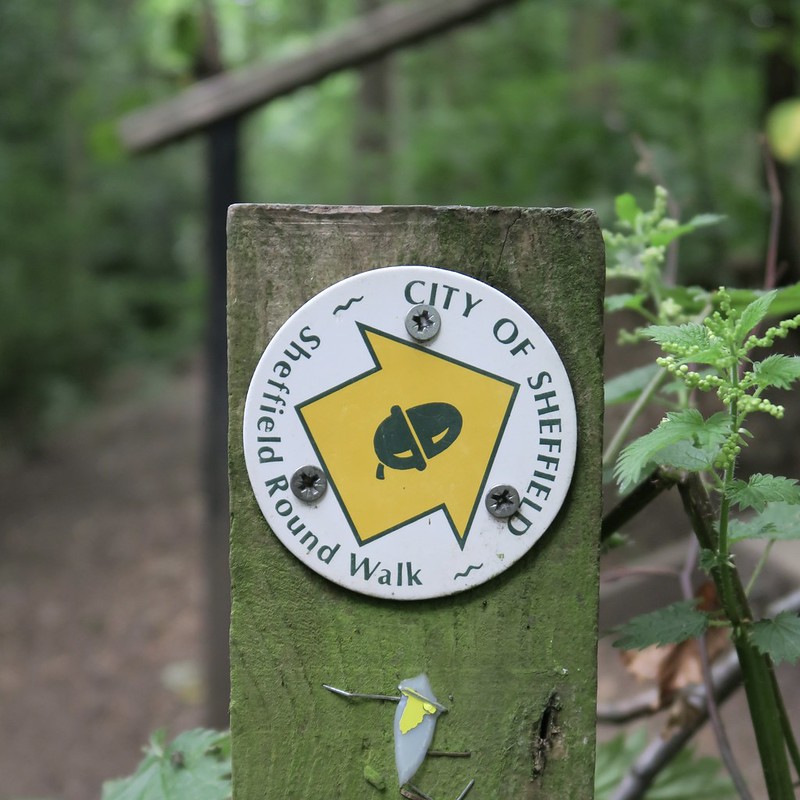
Our next stop was Meersbrook Park, which for me feels like a haven for local climbers with many of my friends living in this area close to The Works bouldering wall. At the top of the park we explored the 16th-century Bishops’ House. This well-preserved timber-framed house is one of the oldest surviving buildings in Sheffield and offers a fascinating glimpse into the city’s past. Built in 1554 during the reign of Mary Tudor, Bishops’ House originally served as a yeoman’s farm in the then-rural village of Norton Lees, surrounded by fields with Sheffield as a small town nearby. The earliest recorded occupant was William Blythe, a farmer and scythe manufacturer, who lived there in the early 17th century. Over the centuries, the house underwent various changes in ownership and purpose. It was sold by the Blythe family, subdivided into two dwellings, and eventually acquired by the Sheffield Corporation in 1886. From 1884 until 1974, it housed park keepers and their families. Following a restoration funded by English Heritage and Sheffield City Council, Bishops’ House opened as a museum in 1976. Today, managed by the Friends of Bishops’ House, a volunteer-run charity, the museum features exhibits depicting life in the 16th and 17th centuries. The exhibits and architecture captivated both of us, making it a highlight of our hike.
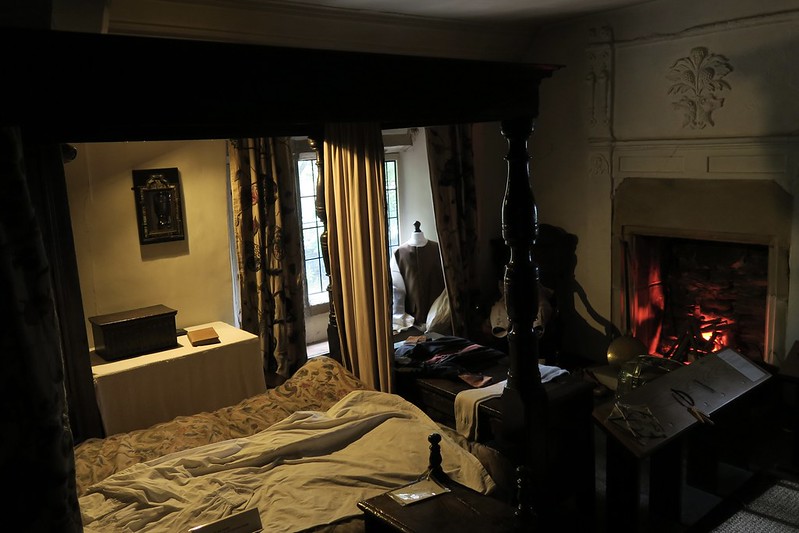
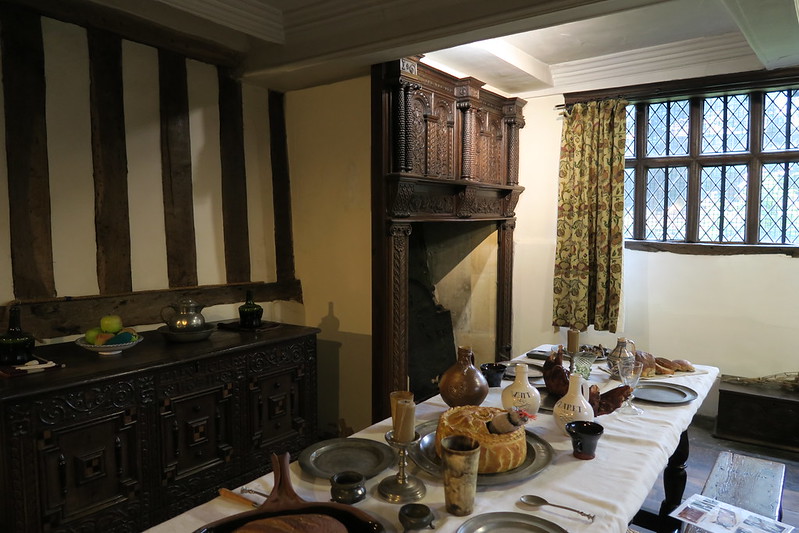
Leaving Bishops’ House, we enjoyed panoramic views of Sheffield from Meersbrook Park while enjoying our picnic. This view is famously captured in J.M.W. Turner’s artwork “Sheffield, from Derbyshire Lane.” Created around the end of the 18th century, this painting depicts a panoramic view of Sheffield from Derbyshire Lane, adjacent to Meersbrook Park. Turner’s admiration for the landscape is evident, highlighting the park’s picturesque setting that offers stunning views over the city. The artwork reflects Sheffield’s transition from a small town to a burgeoning industrial city, capturing a moment in time that blends natural beauty with the onset of urbanisation.
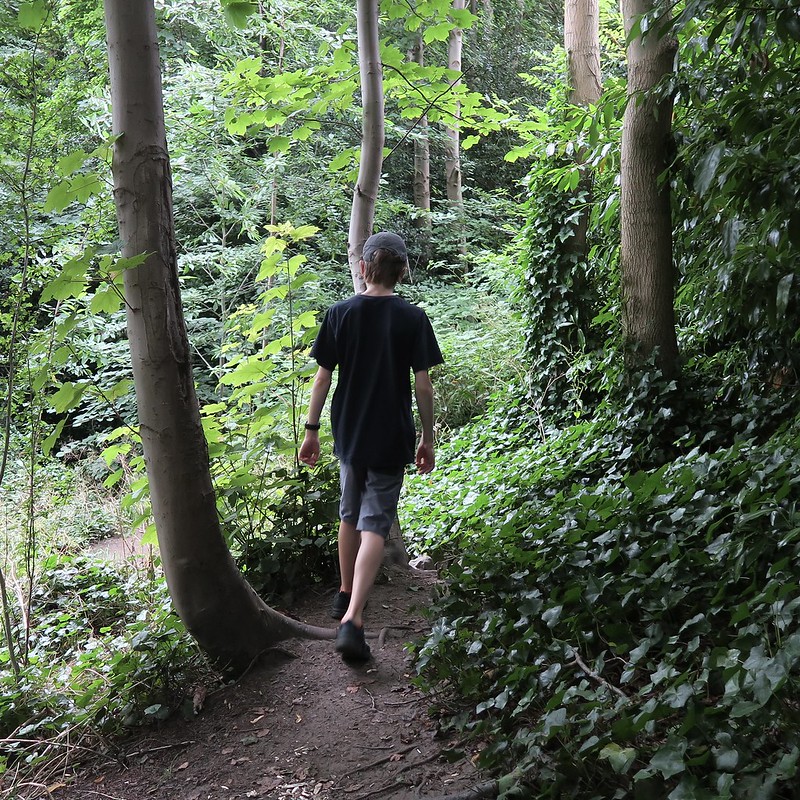
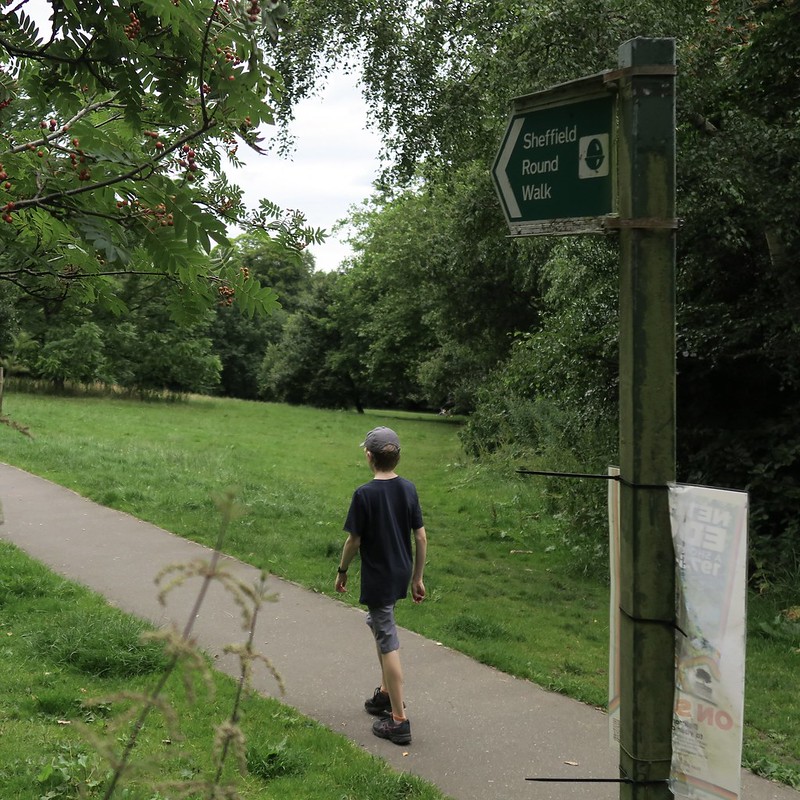
From here, the path passes over the river and then through more urban and lovely residential areas of the city. We then entered the Porter Valley, starting at Endcliffe Park. This popular stretch follows the Porter Brook, offering scenic views and historical sites like Shepherd Wheel. This 16th-century water-powered grinding workshop is a remarkable piece of Sheffield’s industrial heritage. Shepherd Wheel is one of the earliest examples of water-powered industry in Sheffield. It played a crucial role in the city’s development as a center for cutlery and tool production. The workshop, powered by a waterwheel, was used for grinding edges on knives and tools. Although it was closed when we arrived, we enjoyed exploring the surrounding area and learning about its industrial past through informative displays. This next section we had some heavy showers which quickly thinned out fellow hikers on the trails and people relaxing in the park. The sound of the brook and the sight of the old millponds and dams transported us back to a time when Sheffield’s industry was powered by water.
Our hike took us to Forge Dam, where we observed the ongoing efforts to preserve this area for wildlife amidst sediment build-up. It was fascinating to see the dedication to maintaining this natural habitat. With the day beginning to come to an end and dinner calling, we decided to conclude our hike and head back into Sheffield city centre on the bus, planning to tackle the remaining sections another day.
Continuing the Sheffield Round Walk
After a busy day at work, I decided to pick up where I left off on the Sheffield Round Walk. Armed with a meal deal from Tesco to keep me going, I caught the bus out to Fulwood and resumed the trail just after Forge Dam. The route gently ascends up Porter Clough along a wooded stream, leading to the village of Ringinglow on the edge of the Peak District National Park. This area is home to the Mayfield Alpacas farm and visitor centre, which looks to have a café, though it wasn’t open this time. We then passed the Norfolk Arms pub, which I am sure is a great place to stop for food.
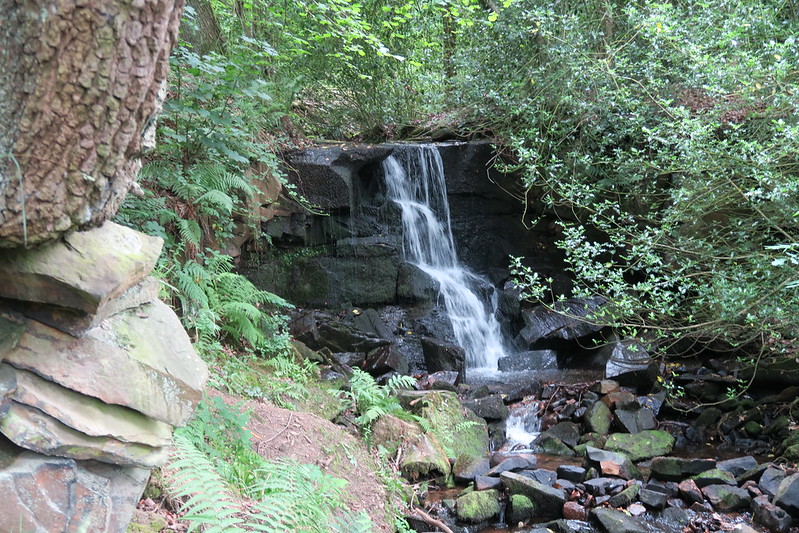
Although for me there was no time to rest as I pushed on with the aim to complete the remaining section before dark. Next, I passed through the rural Limb Valley, marking the furthest point in the Round Walk from the city centre. From Ringinglow, the route descends alongside the Limb Brook. By the brook, there was an interesting citizen science project encouraging people to take and share photos of the water level to understand the impact of flood prevention measures.
The walk continued across quiet open country and through the ornamental grounds of Whirlowbrook Hall, a perfect spot for a picnic. I plan to return to check out the Whirlow Brook Park Tree Trail. The path then led us past Whirlow Mill, through Whirlow Playing Fields where children were playing sports, and into the familiar Ecclesall Woods. I used to visit these woods with my son when he was little for a parent and toddler group. Ecclesall Woods is Sheffield’s largest ancient woodland, where bluebells bloom in spring.
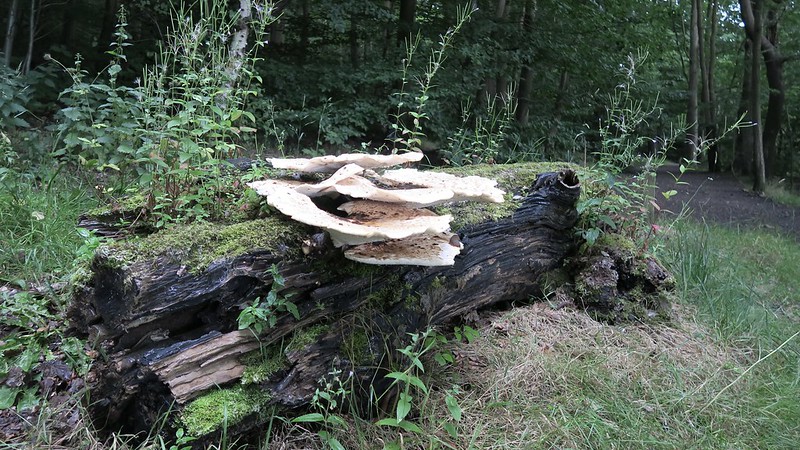
So as I headed up from Dore and Totley railway station I was confronted by a steep climb in Ladies Spring Wood. The route then takes a country lane towards the 12th-century Beauchief Abbey. Only the abbey’s western tower, connected to a more modern church, remains, alongside some ruins. The route continues through Chancet Wood and returns to Meadowhead, where I caught a bus home.
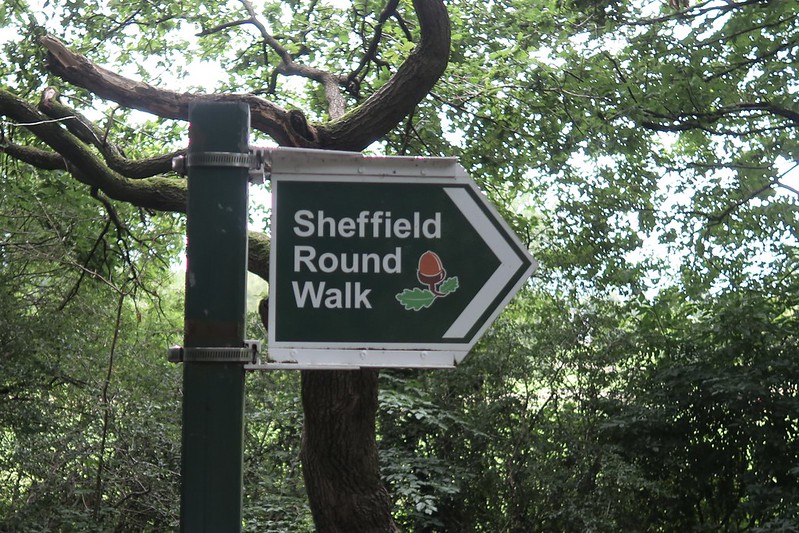
Throughout the trail, the route has been well signed, likely thanks to the Peak & Northern Footpaths Society, with plenty of nature along the way, including birds, mammals, plants, and fungi.
Planning Your Own Sheffield Round Walk
- Distance: Approximately 15 miles overall.
- Duration: 6-7 hours when done in full.
- Terrain: Public footpaths, bridleways, and roads; I found the trails mainly dry, although I suspect they can be muddy in parts during winter.
- Starting Point: The typical starting point is Endcliffe Park, Hunters Bar, off Rustlings Road, S11 7AA.
For additional navigation, we used the Komoot app thanks to another users upload of the route.
The Sheffield Round Walk was another memorable experience, combining exercise, education, and quality time together. Whether you choose to complete it in one go or split it into sections, this walk is a fantastic way to explore the natural and historical treasures of Sheffield, although be warned it does not go that close to the city centre.
Additional Information
- Tips: Check for museum opening times and bring a picnic to enjoy the scenic spots along the way.
- Notable Stops: Graves Park, Meersbrook Park, Bishops’ House, Porter Valley, Forge Dam, Limb Valley, Whirlowbrook Hall, Ecclesall Woods and Beauchief Abbey.
- Download the Sheffield Round Walk Guide as a PDF